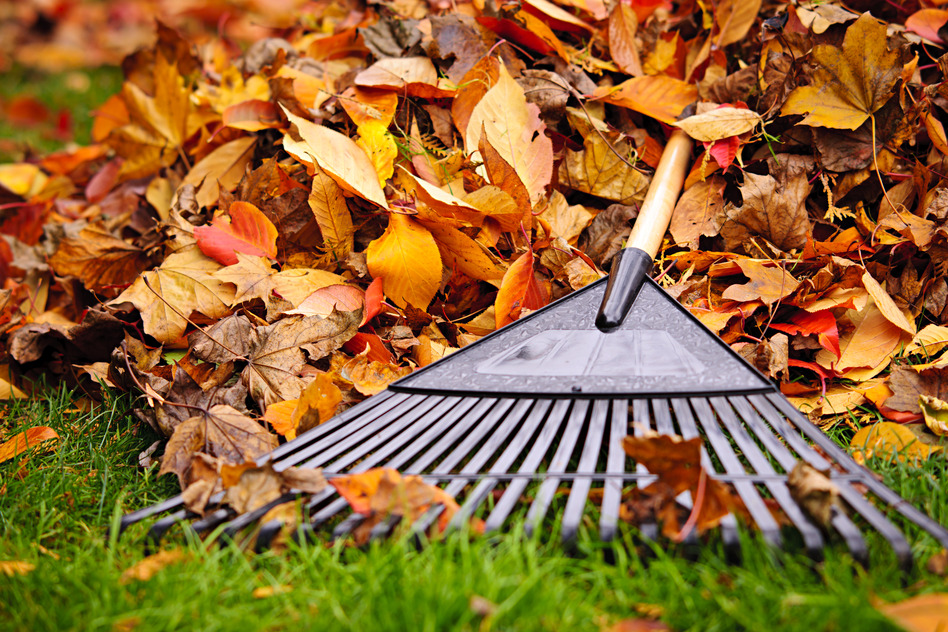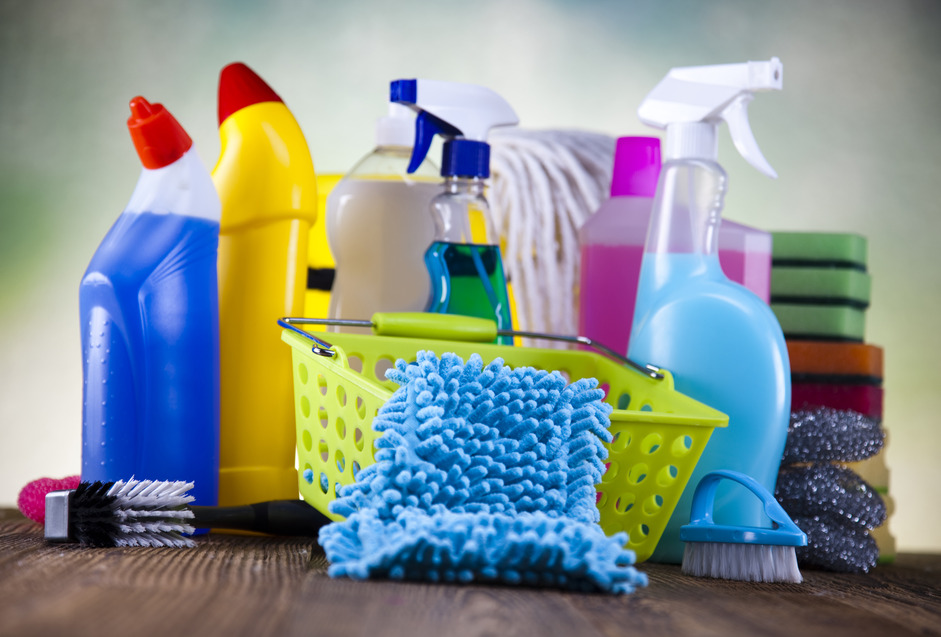Changing your bathtub to a shower is trending your house in the right direction. Here’s how to plan for a smooth transition.
If you’re thinking of converting your bathtub to a shower, you’re in good company. The American Institute of Architects says that the tub-less bathroom is growing in popularity.
Its annual Home Design Trends Survey found that more than 60% of homeowners preferred a stall shower without a tub in 2013. Compare that to 49% in 2012, the first year they specifically surveyed about tub-less bathrooms.
However, there’s a caveat: Even if you only use your tub to wash the mini-blinds, most real estate agents are adamant about having at least one bathtub in your house to preserve marketability.
A recent Houzz poll agrees, with 58% of respondents claiming, “you’ll never sell that house without a tub.”
The conclusion? Go ahead and convert your old tub or tub/shower combo into a cool, walk-in shower, as long as one other bathroom in your house has a tub for tasks such as bathing small children.
Do You Need to Relocate Your Shower?
If you’re planning a simple conversion (not a full bathroom makeover), then your project is straightforward.
If your old tub is in an alcove, you can remove it and be left with a space that’s about 30-34 inches deep and 5 feet wide — a good space for a shower. With minor modifications, your water supply and drain lines will already be in place, saving you money on plumbing costs.
If you have a free-standing tub, a bit more planning may be involved. Many free-standing tubs are positioned under or near windows — and you’ll want to avoid windows in your new shower enclosure.
That means putting your shower in a different location. But you’ll want to have it as close as possible to the existing water supply and drain lines to keep plumbing costs low. Moving plumbing to a new location can add hundreds of dollars to your project.
Will Your Dream Shower Fit?
Most building codes say the floor of a shower stall should be at least 30-by-30 inches. A 36-by-36-inch-wide stall is recommended by the National Kitchen and Bath Association (NKBA). If you’re building to the NKBA standards, an existing tub alcove probably needs modification — such as adding short sections of wall — to make the finished shower space 36 inches deep.
Related: A DIYer Regrets Not Putting More Space in Her Shower
Other key measurements:
- Finished ceiling height: At least 80 inches.
- Distance from side of toilet to shower wall: 15 inches minimum measured from the center of the toilet to the wall; 18 inches is recommended.
- Distance from front of toilet to shower wall (or any wall): 21 inches minimum measured from the front of the toilet bowl to the wall; 30 inches is recommended.
- Shower door swing: Should clear all obstructions, especially the toilet and vanity cabinet. Sliding glass doors or shower curtains can help solve door swing problems.
Related: Don’t Make These Common Remodeling Mistakes
Tear-Out Tips
Removing your old tub might not be simple. If it’s cast-iron, you’ll need some muscle to get it out of way. If it’s in good condition, you could sell it online or donate it to a ReStore outlet. Intact tile and any fixtures also can be donated or sold to stores that sellsalvaged building materials.
During tear-out, you should:
- Evaluate the condition of existing pipes and replace if necessary.
- Check framing and subfloor for mold, mildew, and rot, and repair as needed.
- Make sure your shower valve is in good condition — now is the time to upgrade to a single-handle, pressure-balancing valve that controls temps and volume ($100-$160).
The Shower Floor: Curbs or Curbless?
The floor of your shower (aka the shower pan) has a lot to say about the style and cost of your conversion. You have a choice of two basic types of pan: one corrals water with curbs that you step over as you enter; the other is curbless.
Shower pans with curbs form a complete enclosure to contain water spray and channel it to a drain. The floor of the shower pan has the proper pitch to drain water. Showers with curbs are usually easier — and cheaper — to install than curbless installations.
Curbless shower stalls (aka barrier-free showers) are very au courant but trickier to make — the drainage slope of the floor has to be built below the level of the surrounding flooring surface. That means either raising the level of the surrounding floor, or lowering the shower pan.
If you raise the bathroom floor, it’ll be higher than any other floor that it meets, such as the floor of your master bedroom. You’ll need a transition threshold, which can be awkward and defeats the advantage of curbless shower if you’re wanting to be able to roll in a wheelchair.
What are the Options?
Shower stall kits are low-cost options. They’re typically made of acrylic or fiberglass, and include pre-made sides, a skid-proof floor pan with curbs and a drain hole, and a hinged glass door. They’re made to fit into corners and old bathtub alcoves.
The seamless, individual pieces make kit installation fast and relatively easy. The shower pan has curbs to contain water and a built-in slope for drainage. Kits are made in various sizes to fit all sorts of configurations, and some include extras such as built-in seats and shelves for bath products.
You can also find curbless kits, but the requirements are the same — you’ll either have to raise the level of the bathroom floor, or lower the floor of the kit for a seamless transition.
Tiled showers with curbs are built on site. The curbs typically are made with flat 2-by-4s stacked on top of each other and finished with ceramic tile. Either a solid or glass wall sits atop the curbs.
Shower pans for use with tile are one-piece acrylic or fiberglass, or custom-made from poured mortar. The mortar is sloped by hand toward the drain, then covered with a waterproof rubber or vinyl membrane. Another layer of mortar — then tile — completes the job.
Curbless showers use specially-made pans designed to fit flush with the surrounding subfloor so that tile can be laid continuously over both the shower and bathroom floor.
If your floor is slab, you’ll have to remove a section of the slab to make room for the pan. That’s a noisy, messy job, but a concrete contractor should be able to do the work in 2-3 hours.
If not, an alternative is to cut down the tops of the floor joists so that you can install a shower pan slightly below the level of your existing flooring. That way, the tile of your new shower will be flush with your existing flooring and you’ll have a continuous, seamless floor. However, altering joists requires approval from your local building authority. You might be required to beef up supports before removing any wood.
What’s the Cost?
Shower stall kits with acrylic or fiberglass sides and a hinged door are $200-$2,000; curbless one-piece shower enclosures are $2,000-$4,000. A competent DIYer can install a kit in a weekend.
A professionally installed, tiled shower enclosure is $1,000-$3,500 depending on complexity, size, and the type of tile and fixtures you choose. Add another $500-$1,000 for tear-out, new plumbing pipes, fixtures, and any custom carpentry.
In Closing, Some Fun Shower Facts:
- 42% of Americans pee in the shower.
- 52% sing in the shower (the most-sung tune: “Singin’ In The Rain”).
- 53% prefer to shower in the morning; 29% shower in the evening.
- 7% claim they never shower or take a bath — ever.
Source: 2004 American Standard study done to promote its VertiSpa line
By: John Riha:© Copyright 2015 NATIONAL ASSOCIATION OF REALTORS®




